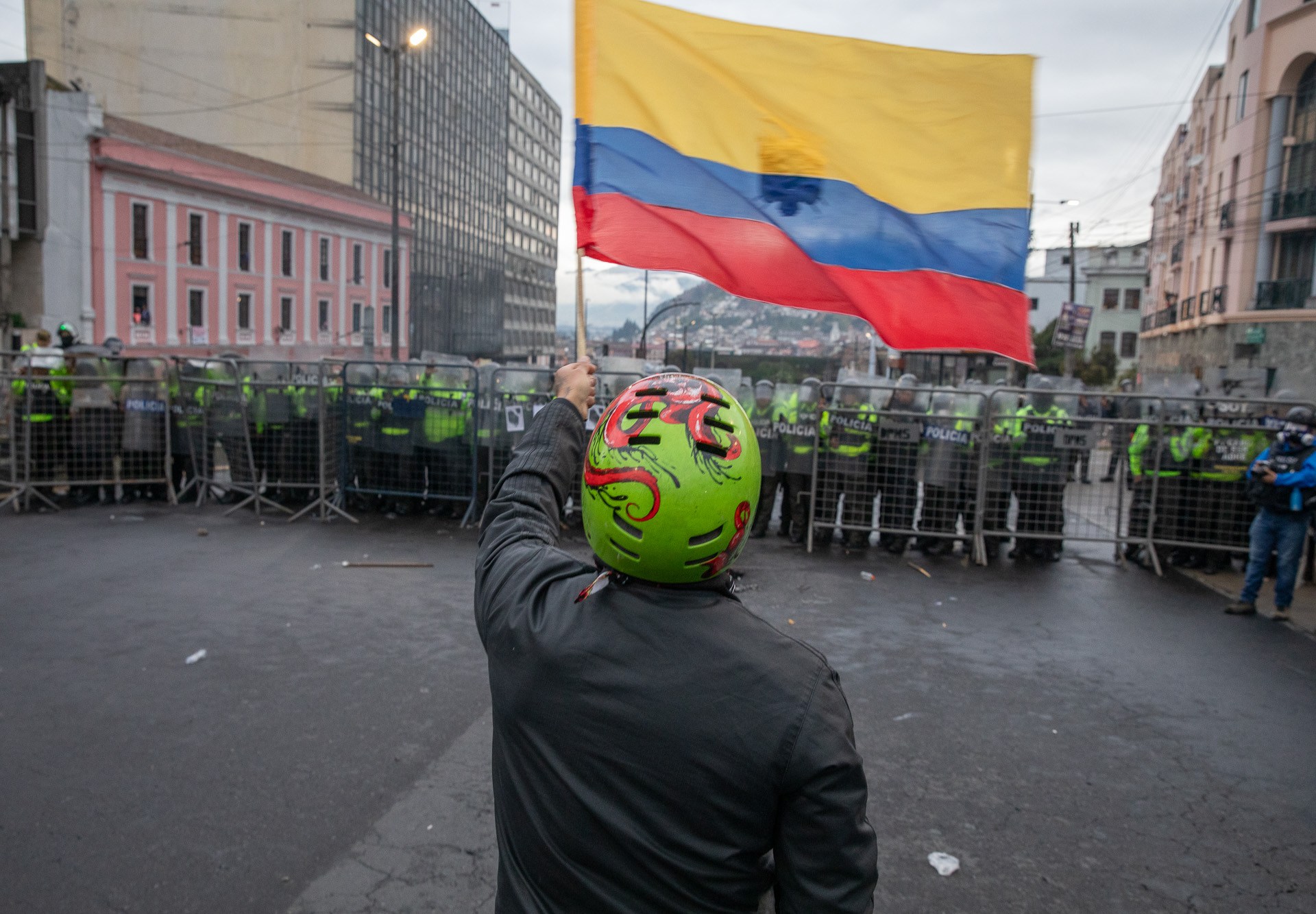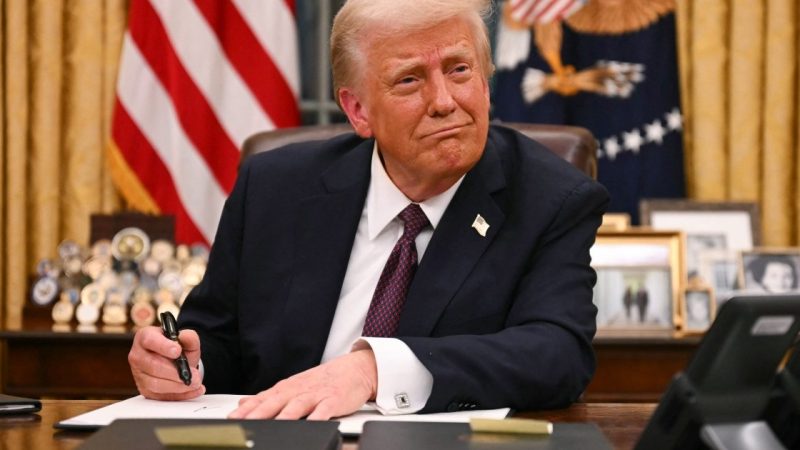In the dark: How rolling blackouts have transformed life in Ecuador | Drought News

As Ecuador’s historic drought continues, power cuts may persist until April, said Jorge Luis Hidalgo, an energy consultant.
For decades, experts have urged authorities to increase Ecuador’s energy supply by expanding its solar and wind energy capacities and bolstering its thermoelectric plants.
But Hidalgo said that electricity and fossil fuel subsidies have kept Ecuador’s energy prices among the lowest in the region: Residents and businesses pay only around $0.10 per kilowatt hour, according to government estimates.
That lack of income has, in turn, disincentivised the private sector from investing in alternative energy, according to Hidalgo.
“While Ecuador continues to give energy away, this situation will continue,” he said.
Over the years, as the population grows, the demand for energy has exceeded supply, Hidalgo added. It is a problem President Noboa himself has acknowledged.
In October, he posted a video on social media where he explained that Ecuador currently has an energy deficit that fluctuates between 1,000 to 1,400 megawatts.
That means that Ecuador’s need for electricity exceeded its capacity for production by more than one-tenth. As of 2022, the country was only capable of producing around 8,864 megawatts in total.
The shortage has spurred a political crisis for Noboa, who faced protests in the streets as a result of the government-imposed power cuts.
Those demonstrations come at a delicate time for Noboa. He faces re-election in 2025, as his current mandate is to complete the remainder of his predecessor’s term.
Protesters in November even marched on the presidential palace in Quito, chanting, “There’s no light. There’s no education. And you have the nerve to ask for re-election?”
By December, Noboa promised to end the government blackouts. “We will go back to having normal lives,” he pledged.
Already, in November, Noboa announced that his administration had spent $700m on maintenance of Ecuador’s outdated thermoelectric plants, designed to support Ecuador’s hydroelectric power system during dry periods.
Currently, hydroelectric dams are responsible for generating about 70 percent of Ecuador’s energy.
Noboa also reached an agreement with Colombia to continue buying energy from the neighbouring country. Earlier this year, Colombia had cut electricity exports to Ecuador due to its own problems with drought.
The Ecuadorian government has also brought in a floating thermoelectric plant from Turkiye that produces 100 megawatts and 23 power generators that produce 80 megawatts in total.
In addition, Noboa has axed an energy subsidy for mining companies.
“The mining companies in Ecuador consume more energy than a hospital needs to operate. And yet, their energy rate has been subsidised by the state,” Noboa wrote on social media in October. “The subsidies must go to those who need them most.”
But the changes may come too late for the families hardest hit by the blackouts, like Samueza’s.

Since he was laid off, his wife has stepped up as the family breadwinner, working as a treasurer at a logistics company. Samueza, meanwhile, is trying out driving for a ride-hailing app, which has so far earned him less than a minimum wage.
With a tighter household budget, Samueza said the holiday season is likely to come and go without much fanfare.
But he is optimistic that, come the new year, the power cuts will have ceased and the economy will have recovered enough that he might find a job.
Still, he feels frustrated with the government for his present predicament.
“There shouldn’t be power cuts,” said Samueza. “A government should be prepared for these types of cases, especially since we already went through the same thing in April and May. The fact that they have not done anything to adjust speaks badly of the government.”





